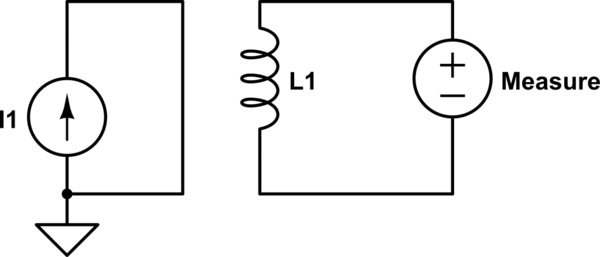Rogowski coils measure current by completing a loop of coils around the conductor seen below.
This makes sense, but question 1: This is a current transformer, and transformers couple, so in this system when the Rogoski coil couples with the measured wire, does this not affect/damage the measured wires current (we are measuring) as we are drawing/collapsing its magnetic field in order the induce a voltage in the coil?
Question 2: Why can the circuit diagram below not do the same job? The Rogowski coil only works when you form a loop around the conductor. Why does the Rogowski coil only work when its a closed loop? Why can a coil no just be in parallel with a wire and measure current?

simulate this circuit – Schematic created using CircuitLab
The right hand rules says that in the coils are wound in the correct direction, in the circuit diagram would couple the magnetic field the current is inducing.
Image source: http://www.electrotechnik.net/2009/09/what-is-rogowskis-coil.html


